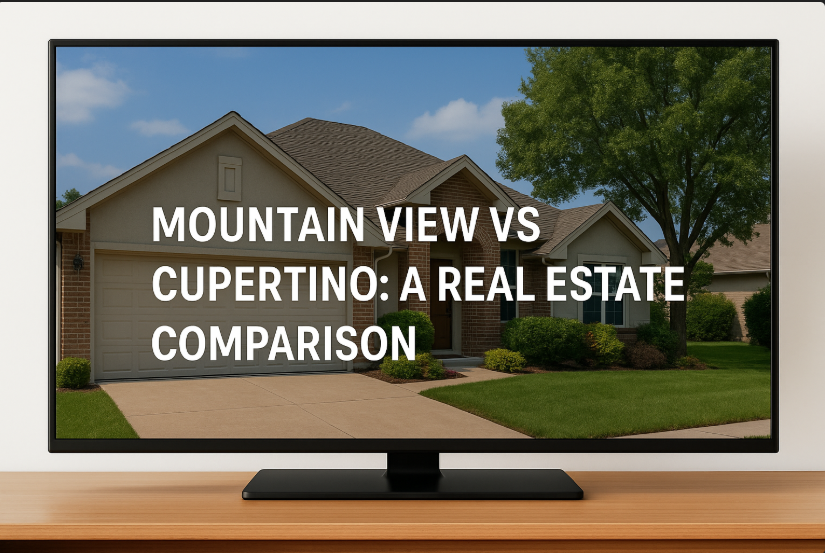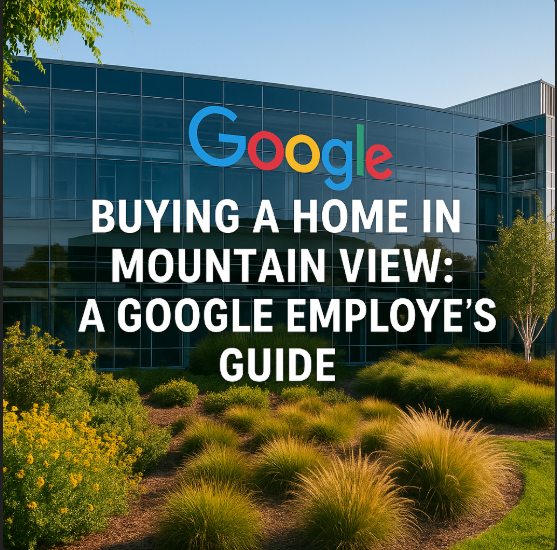Introduction to Buying Near Stanford.
Stanford University is a major economic and cultural anchor of Silicon Valley. While properties directly adjacent to the campus on Stanford owned land or in areas like College Terrace are in a separate census designated place, their impact reverberates across Santa Clara County. This guide helps you assess whether buying near Stanford makes sense if you’re looking at homes in Santa Clara, considering market trends, benefits, risks, and long term value.
Overview of Santa Clara’s Real Estate Market.
Santa Clara remains one of the most competitive housing markets in California. As of mid 2025:
- The median home price in the city is around $1.7 million, while the county median hovers near $2 million.
- There’s typically 1 to 2 months of inventory, with hot properties going under contract within days and often selling either at or above ask.
- Homes in Santa Clara sell at approximately 103 to 104% of list price and spend roughly 16 to 20 days on market.
Importance of Location: Stanford University.
Stanford is both a world class university and a major employer. Its Stanford Research Park, home to companies like HP, Tesla, VMware, and SAP, spans across Palo Alto and Santa Clara County. Housing near Stanford from College Terrace in Palo Alto to parts of Santa Clara county benefits from access to this ecosystem, but prices vary significantly depending on city limits and neighborhood features.
Market Trends in Santa Clara.
Current Trends in Property Prices.
Santa Clara homes have demonstrated steady appreciation over the past decade. Annual gains have frequently reached 7 to 9%, with continued growth in 2025 despite a slight softening trend.
Demand and Supply Dynamics.
The market remains tight, with limited zoning and construction, high in migration, and strong employment in tech and healthcare keeping competition high especially for well located homes near transit or universities.
Pros of Buying in Santa Clara Near Stanford.
Real Estate Appreciation Potential.
Proximity to Stanford driven employment hubs, innovation clusters, and transit infrastructure position nearby homes for continued appreciation even in broader market dips. Neighborhoods feeding into PAUSD and FUHSD like Menlo Park or the College Terrace area tend to outperform county averages.
Access to Amenities and Job Opportunities.
Living near Stanford means easy access to:
- Stanford Research Park, home to major tech companies that drive local demand and wages.
- Cultural and educational institutions such as museums, academic events, and sports venues.
- High performing public school systems like Palo Alto USD or Fremont Union High District for Santa Clara homes zoned to these.
Cons of the Competitive Market.
High Entry Costs and Affordability Issues.
Homes within a few miles of Stanford generally fall in the $2M to $5M+ range, depending on the city and school district. Even condominiums in Stanford CDP are often priced above $1.2 to 1.5M.
Stanford University itself has drawn criticism for its off campus housing purchases, such as absorbing properties in College Terrace driving local scarcity and pushing values higher, often out of reach for many buyers.
Intense Competition among Buyers.
The demand for homes in Stanford adjacent zones continues to attract well capitalized buyers including professionals, faculty, and investors which results in fast moving listings and frequent all cash or above asking offers.
Strategizing Your Purchase.
- Aim for pre approved financing or all cash capability. Listings near Stanford often receive multiple competing offers within days; seller confidence in closing speed matters.
- Work with a local agent familiar with Stanford adjacent micro markets, schools, and off market inventory especially near faculty resale areas.
- Do due diligence on vacancy rates, especially in Stanford CDP listings. Up to 13% of housing can be vacant, affecting demand and long-term appreciation dynamics.
Conclusion
Weighing the Investment Risks and Rewards.
Why it might be worth it:
- Strong appreciation potential, especially over 5 to 10+ years in school district rated areas.
- Walkability, transit access, and proximity to innovation hubs and amenities.
- Prestige and visibility associated with premier school districts and university adjacency.
Why it may not fit every buyer:
- Exceptional pricing, pushing most listings into the multi million dollar range.
- Low turnover in faculty owned homes and infrequent listing activity.
- Risk of declining short term returns if oversupply or market cooling affects niche submarkets near the university.
If you’re interested in this topic, here are some helpful resources to explore further:
Stanford’s #1 Real Estate Search- https://www.miladrealestate.com/homes-for-sale/Stanford-CA-Homes/
Palo Alto Clears Path for Housing at Stanford Research Park- https://siliconvalleyathome.org/palo-alto-clears-path-for-housing-at-stanford-research-park/
Stanford Research Park Year in Review- https://year-in-review.stanfordresearchpark.com/








Leave a Reply